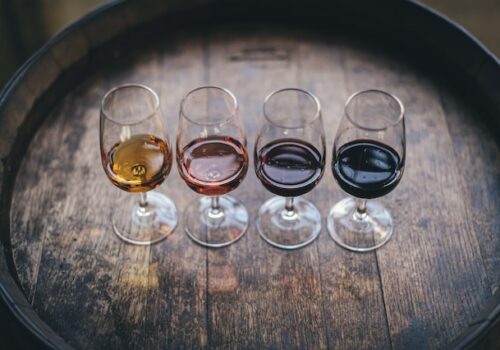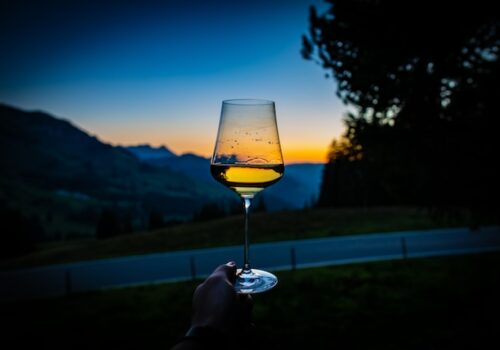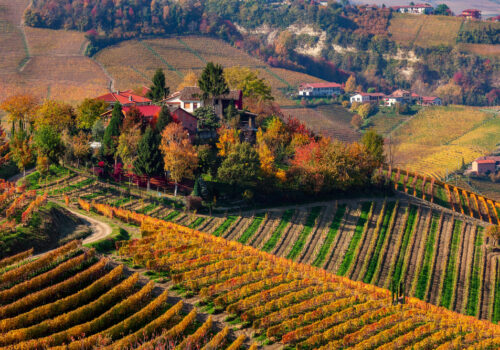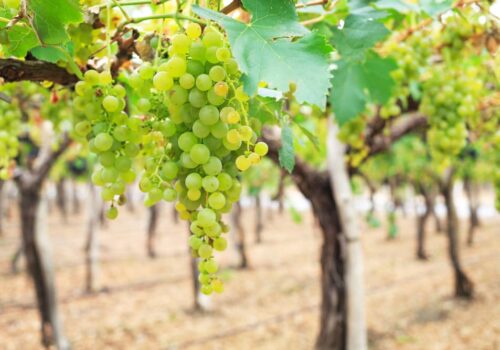Understanding the terms in winemaking
The technology of wine production includes many stages: compliance with the requirements at each of them allows a product with excellent flavor and aromatic properties and the required marketable appearance. In particular, the organoleptic properties of the beverage are largely determined by the duration of fermentation and maceration, as well as the auxiliary methods used at this stage. What are piquementation and repairage? How do these operations affect the performance of maceration? We will answer these and other questions below.
GRAPE WINE PRODUCTION: THE BASIC STEPS
In order to understand the intricacies of conducting technological processes, it is important to understand the basic algorithm of making a hop beverage. It includes a number of stages, which may vary depending on the type of wine:
Growing and harvesting the grapes. The use of a high-quality harvest without diseases, with the required indicators of sugar content and polyphenols allows to receive the finished drink with the set taste and aroma, color and clarity.
Separation of combs and crushing of berries to produce grape must. The technology of making some types of wine involves crushing berries together with the combs, but the general trend indicates that only the berries should be used.
Sulfation of wine. The addition of sulfur dioxide protects against oxidation and product deterioration due to pathogenic flora in the medium, as well as minimizing the formation of volatile acids.
Maceration of wine, in which grape must is infused with grape solids.
Fermentation of wine.When making white wines, fermentation is done after infusion, but red wines are made by combining these two steps.
Withdrawal, stabilization and cooling are techniques used to make the wine marketable. As a result of these operations the turbidity and suspended particles are removed, the color becomes more intense, the transparency of the wine is improved and it has a generally presentable and marketable appearance. Flotation pumps are used for clarification in industrial winemaking,
Maturation, during which the product matures, developing a rich aroma, complex taste and bouquet.
The production of sparkling wine includes a second fermentation step in which the product is saturated with carbon dioxide, i.e. bubbles which rise when the bottle is opened.
WINE MACERATION: PECULIARITIES OF THE PROCESS
Maceration is the process by which grape must is infused on the skins and pips of berries after crushing. Infusion contributes to the extraction from the solid fragments of special substances – aromatic, flavor components, dyes, which give the beverage the desired shade.
Maceration and fermentation are separated in white wine production: at the beginning there is a short-term infusion on the pulp at low temperatures. For red wines, fermentation and maceration take place at the same time. The duration of this stage is longer, and a higher temperature regime is provided for the process.
Fermentation is accompanied by the formation of a special “cap” on the surface of the grape must. In order to intensify the extraction of colorful and aromatic substances, industrial winemaking resorts to the following methods:
Pisage – stirring the liquids with the cap, which alternates with the pressing of solid fragments deep into the tank;
Repairing – the action in which the wine material is fed from the bottom of the tank to the top by irrigation. Repairing is also carried out before fermentation for the purpose of optimal mixing of the contents, for which homogenizers are used.
The use of these methods in small and medium-sized wineries allows to speed up the extraction and shorten the wine production cycle.




